Jan 18 (V7N) - Authorities in Prayagraj, India, are leveraging artificial intelligence (AI) to enhance crowd management at the Kumbh Mela, the world’s largest human gathering, where up to 400 million pilgrims are expected over six weeks. The event, a sacred Hindu ritual involving mass bathing, has a history of deadly stampedes, including a 1954 tragedy that claimed over 400 lives and another in 2013 that killed 36. This year, organisers aim to ensure safety by deploying AI-powered technology to monitor and control crowd density.
Around 300 cameras, including drones, have been installed across the festival site to provide real-time visuals to a command center staffed by police and technicians. The AI algorithm processes footage to estimate crowd sizes, tracking density at key points and raising alarms when dangerous thresholds are approached. The system also cross-references data from transportation networks to predict and manage the influx of attendees. Amit Kumar, a senior police officer leading the tech operations, stated that the system is designed to avoid overcrowding and ensure pilgrims can fulfill their spiritual duties safely.
The festival, rooted in Hindu mythology, draws numbers equivalent to the populations of the United States and Canada combined. On the opening day, six million devotees bathed at the confluence of the Ganges and Yamuna rivers. Despite the high density, organisers have adapted the AI systems to accommodate India’s cultural norms, allowing higher crowd thresholds than similar systems in the West.
Uttar Pradesh Chief Minister Yogi Adityanath highlighted the integration of faith and modern technology at the event. Pilgrims, like 28-year-old Harshit Joshi, expressed appreciation for the advancements, saying the use of drones and cameras added a sense of safety. This year’s measures aim to set a new standard for managing massive gatherings while preserving the sanctity of theevent.
END/WD/RH/



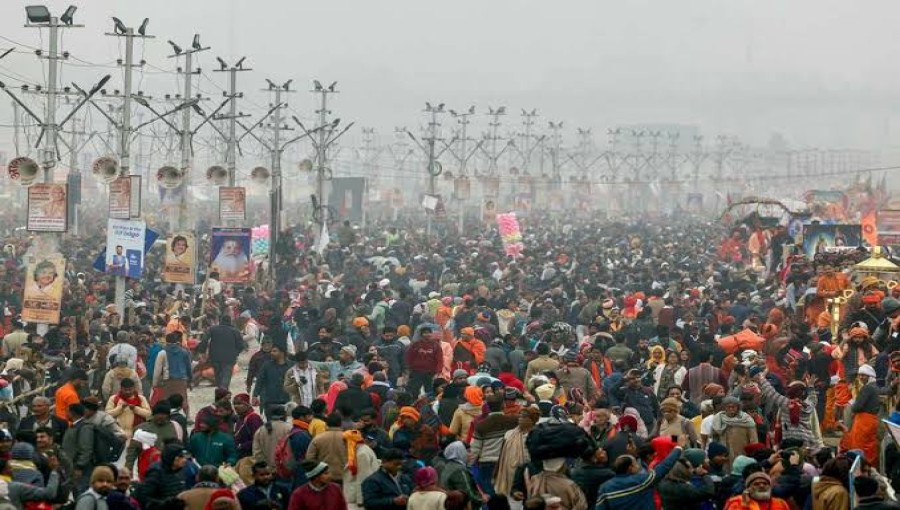

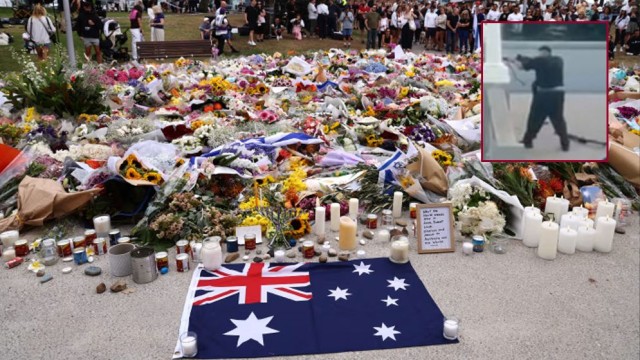

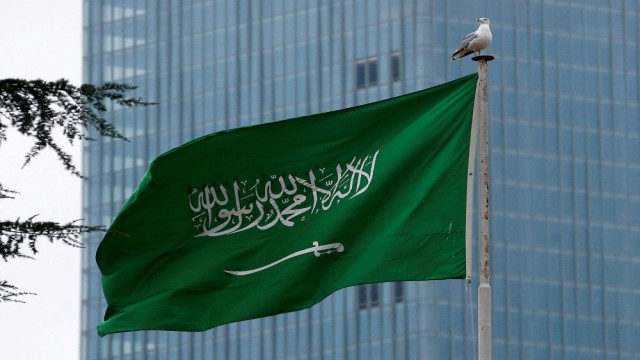
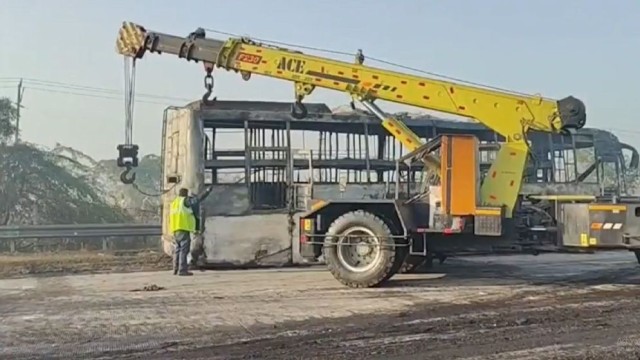

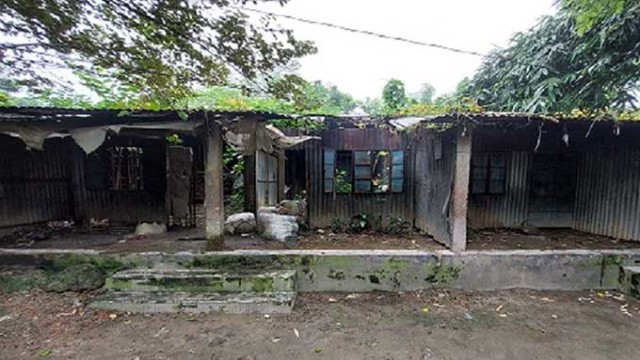
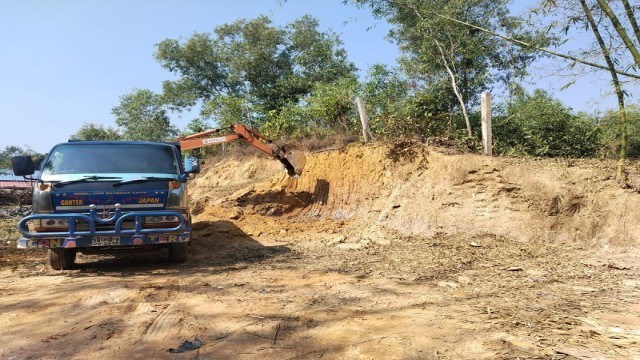


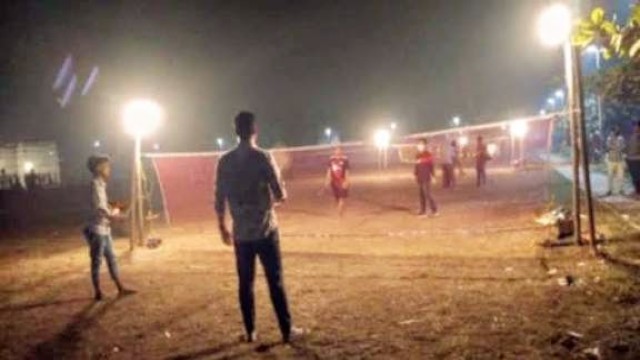
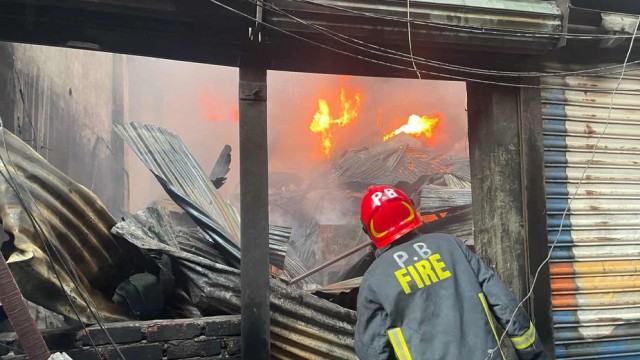
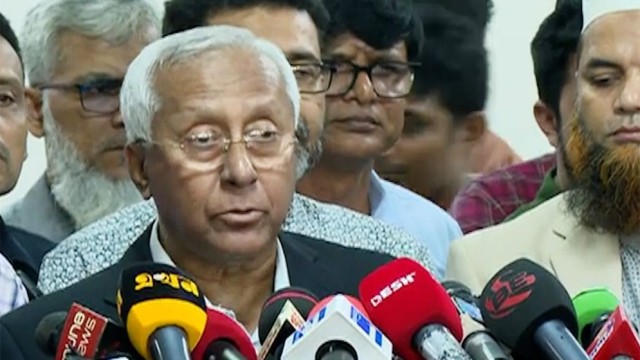

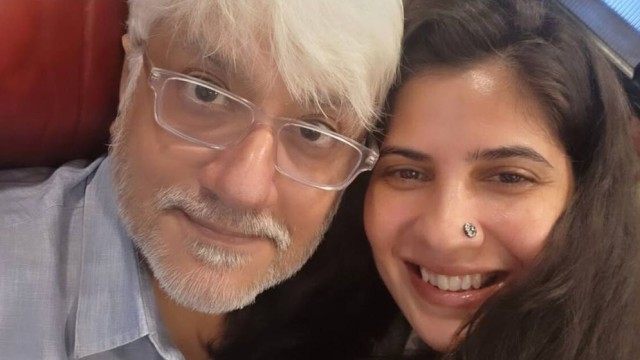
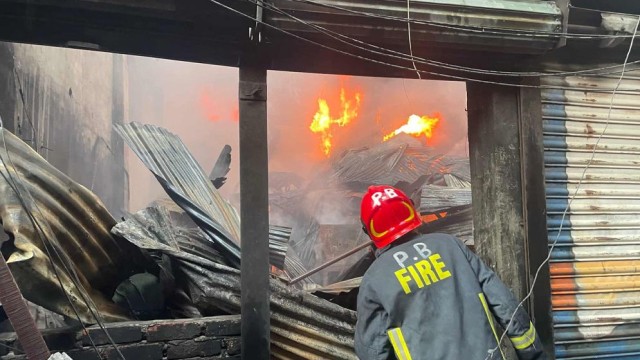


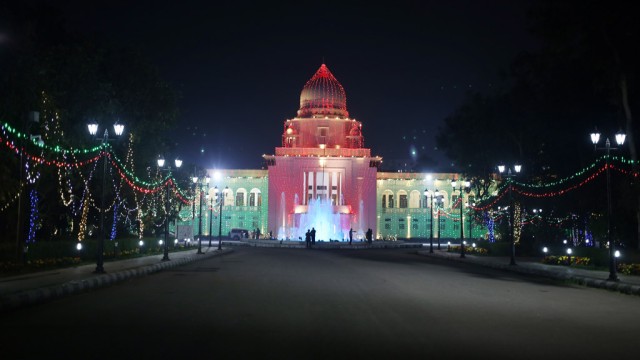
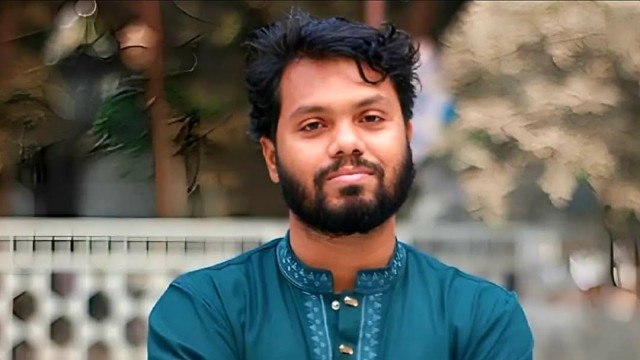
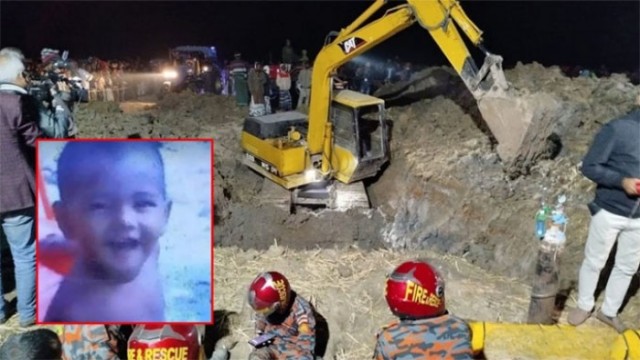
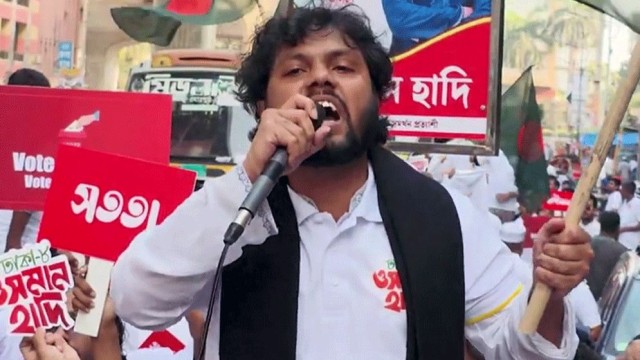
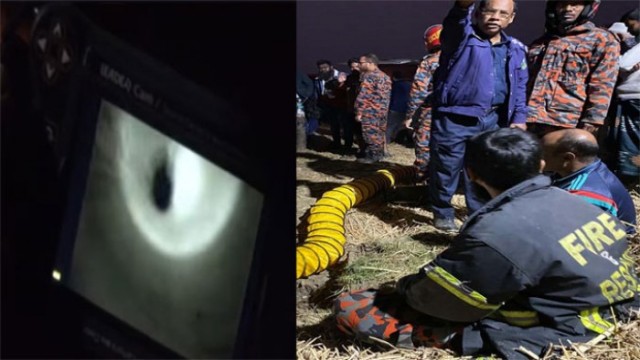
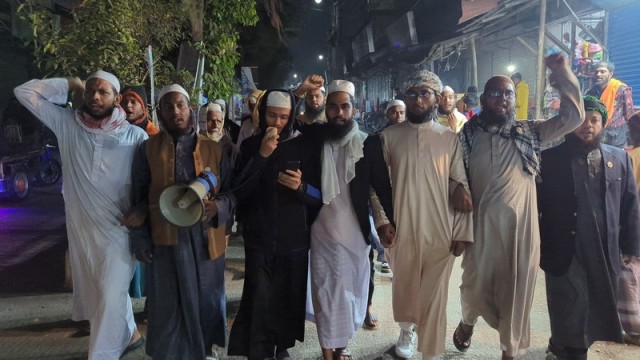

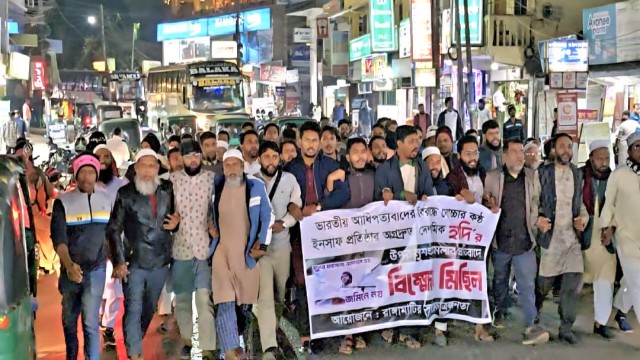

Comment: